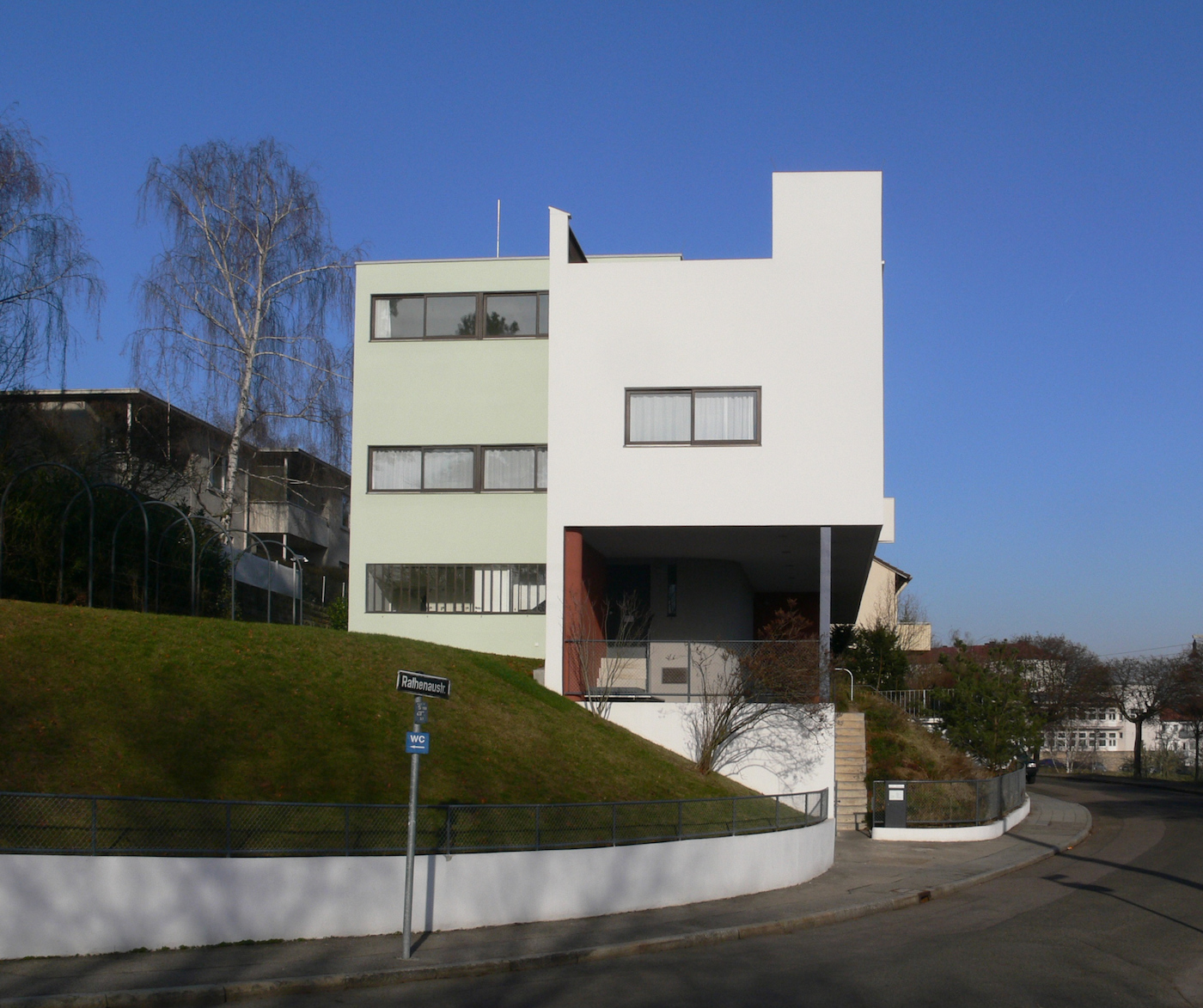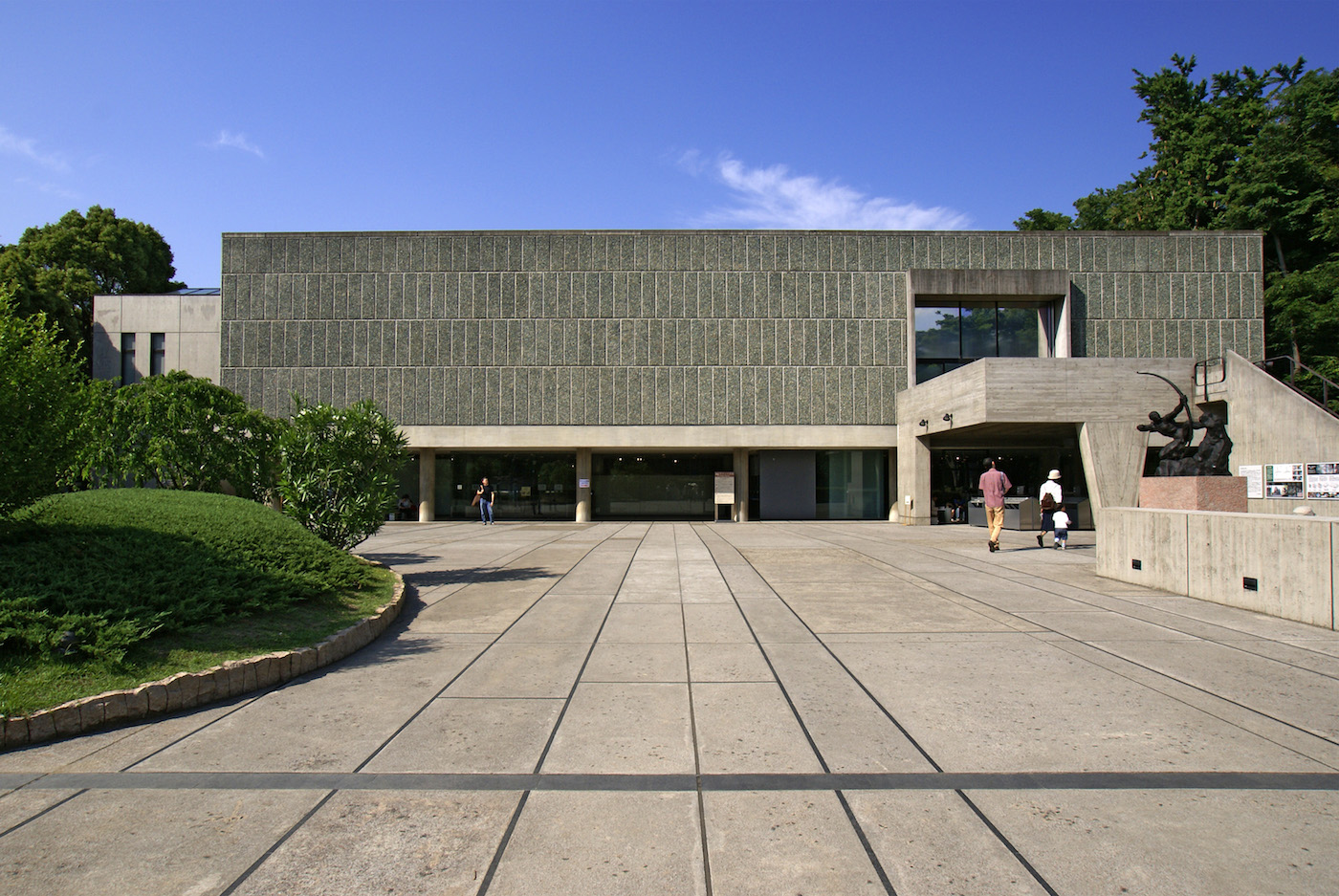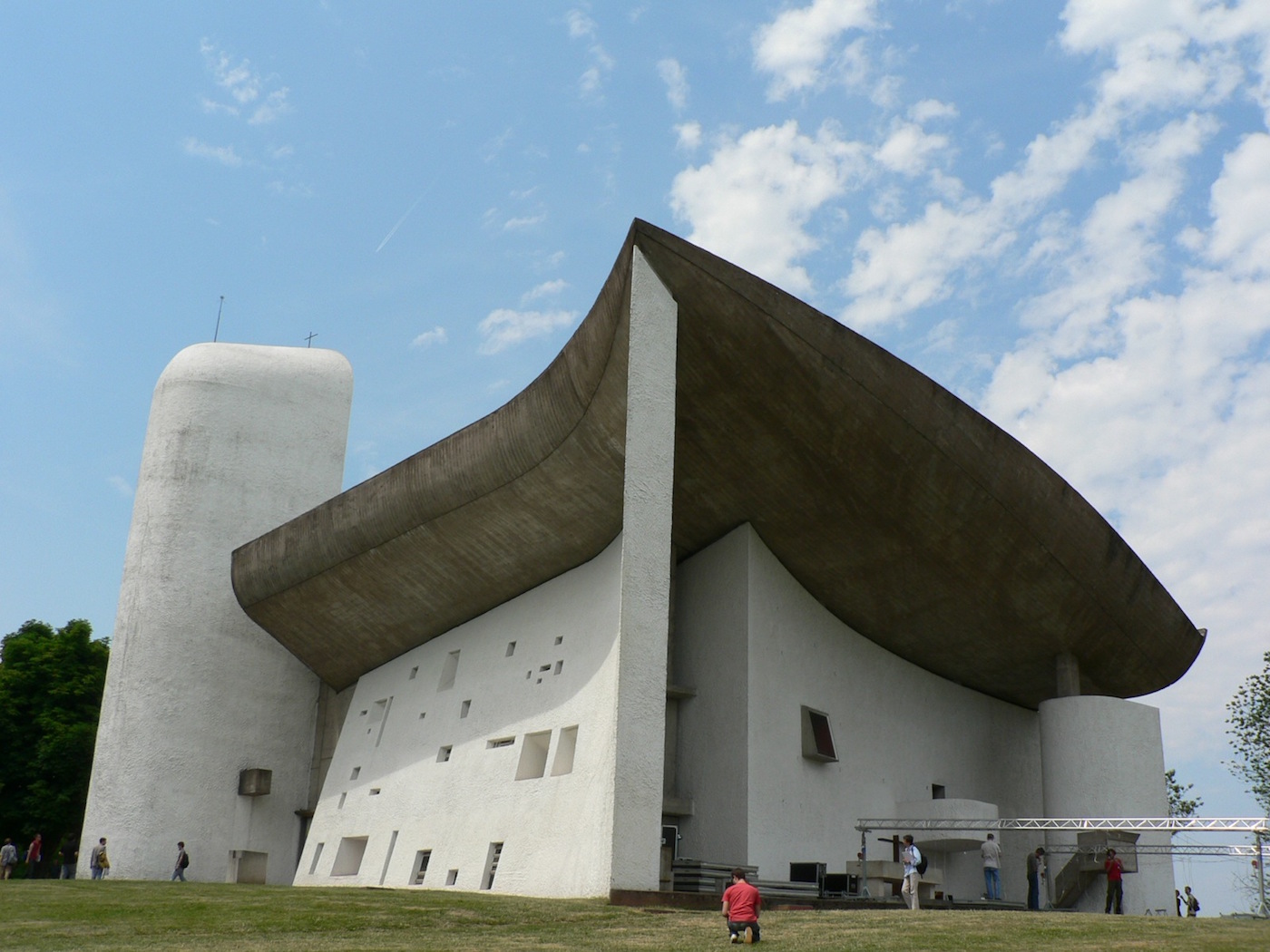
Maison La Roche-Jeanneret in Paris, France, one of the sites designed by Le Corbusier added by UNESCO to the World Heritage List (photo by the author for Hyperallergic)
UNESCO announced Sunday that 17 of Le Corbusier’s 20th-century buildings will be added to its World Heritage List. Ranging from private homes like the Maison La Roche-Jeanneret in Paris to the sprawling Chandigarh complex in India, the sites demonstrate the international spread of Modernism through the Swiss-French architect’s work.
Along with Le Corbusier’s serial entry, three other sites were added to the World Heritage List, including the first for Antigua and Barbuda, with the Antigua Naval Dockyard and its archaeological sites. Khangchendzonga National Park in India and the 1940s visionary city project Pampulha Modern Ensemble in Brazil also joined the list at the 40th session of the World Heritage Committee, which met from July 10 to 17 in Istanbul. (Friday’s failed coup did delay some voting.)

Assembly building in Chandigarh, India (photo by duncid/Wikimedia)
The Fondation Le Corbusier stated that the “preservation of the modern heritage, and more specifically of Le Corbusier’s architectural work is a long-term venture. The inscription on the World Heritage List of 17 buildings or sites by Le Corbusier represents a strong encouragement to continue all along Le Corbusier’s built work to maintain this living heritage and to hand it down to future generations.”
The sites include his “radiant city” Unité d’Habitation apartment complex in Marseille, France; contributions to the Weissenhof housing estate in Stuttgart, Germany, which was planned as an International style showcase; his own studio apartment at Porte Molitar in Paris; the Curutchet House in La Plata, Argentina; Notre-Dame-du-Haut chapel in Ronchamp, France; and the National Museum of Western Art in Tokyo. There’s also the Villa Savoye just outside of Paris, his most recognizable work (or at least the only one popular enough to be replicated in LEGO). There he most directly demonstrated his “five points of architecture” with support blocks, roof gardens, free-flowing floor plans, horizontal windows, and a plain exterior. The interior winding staircase also suggests his lesser known natural inspiration, where he abstracted the forms of a crab shell or the curve of a nautilus in his designs.
Le Corbusier is arguably one of the most famous architects of the 20th century, albeit a controversial one with his fascist sympathies and defacement of Eileen Gray’s E.1027with his own murals. Nevertheless, preservation issues continue to plague some of his greatest work, with structures crumbling and recent theft at Chandigarh, and his 1930s Clarté apartment complex threatened by demolition several times during the 20th century. The concrete-based Modernism that he helped popularize is facing decay the world over, especially as the blocky style and plain façades he preferred fall out of fashion. UNESCO listings can’t completely protect a site, but the designation can be an important tool for rallying support and conservation attention when a site is threatened.

La Villa Savoye in Poissy, France (photo by m-louis/Flickr)

Maison La Roche-Jeanneret in Paris, France (photo by the author for Hyperallergic)

Unité d’habitation in Marseille, France (photo by Vincent Desjardins/Flickr)

Le Corbusier’s Porte Molitor studio-apartment (photo by the author for Hyperallergic)

Haus Le Corbusier at the Weissenhof housing estate in Stuttgart, Germany (photo by Andreas Praefcke/Wikimedia)

National Museum of Western Art in Tokyo (photo by 663highland/Wikimedia)

No hay comentarios:
Publicar un comentario